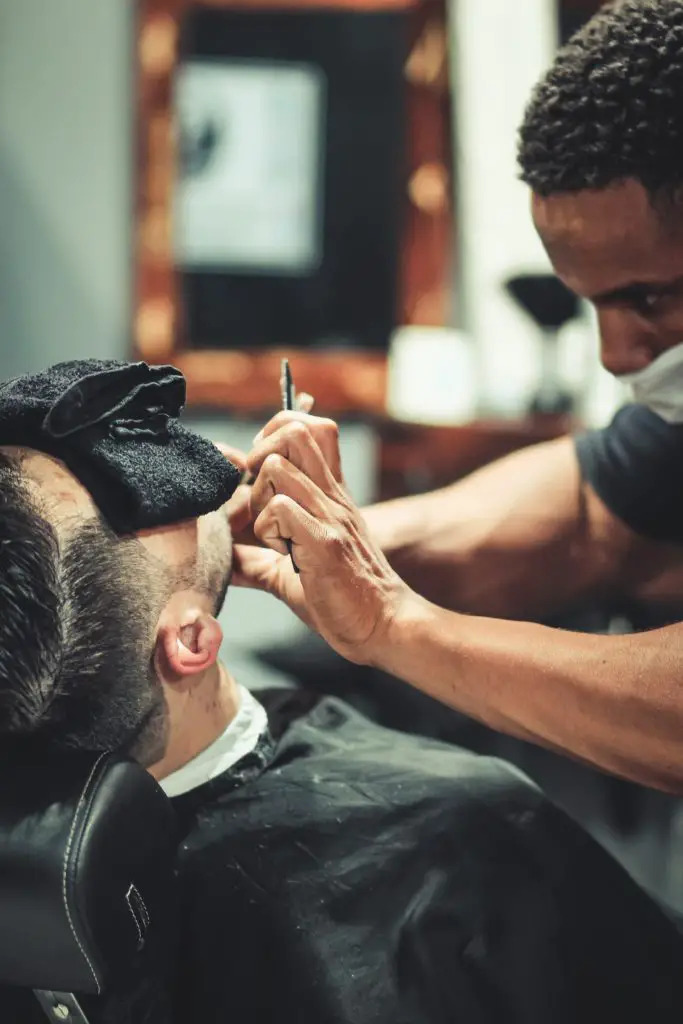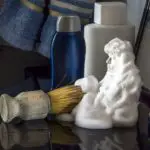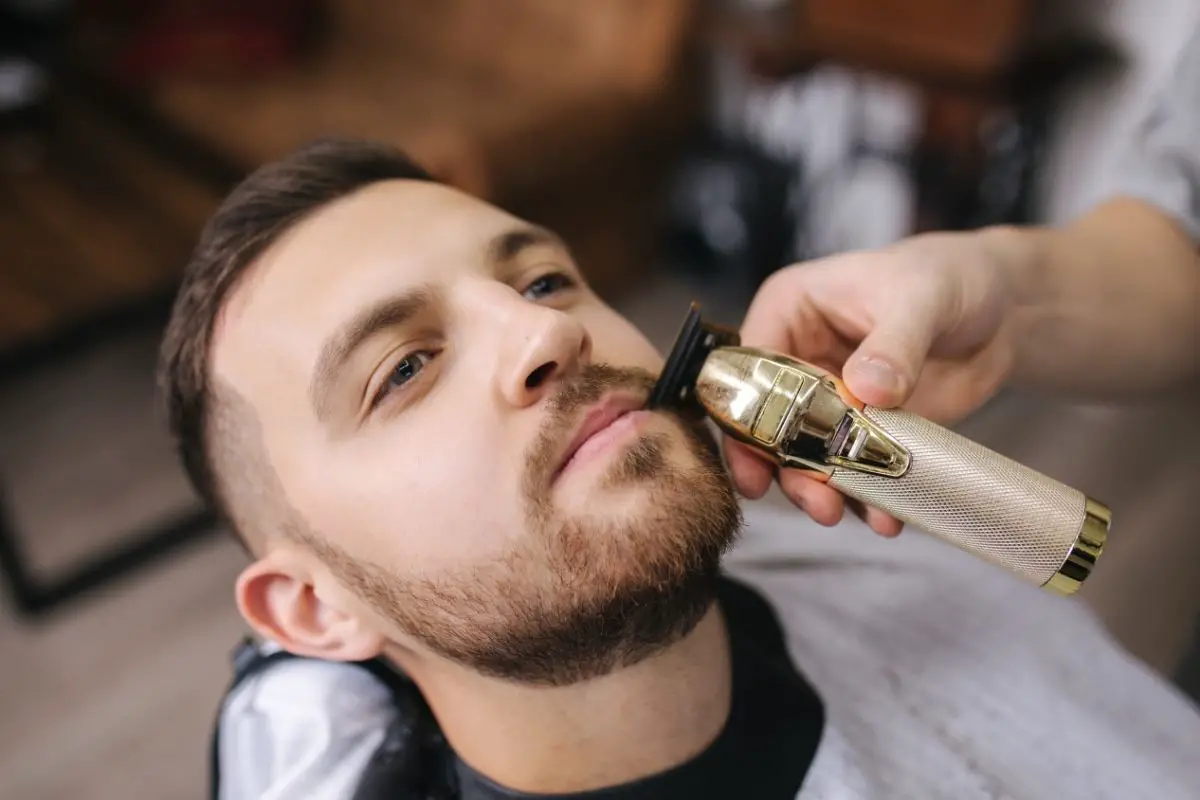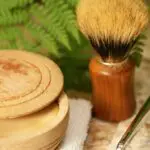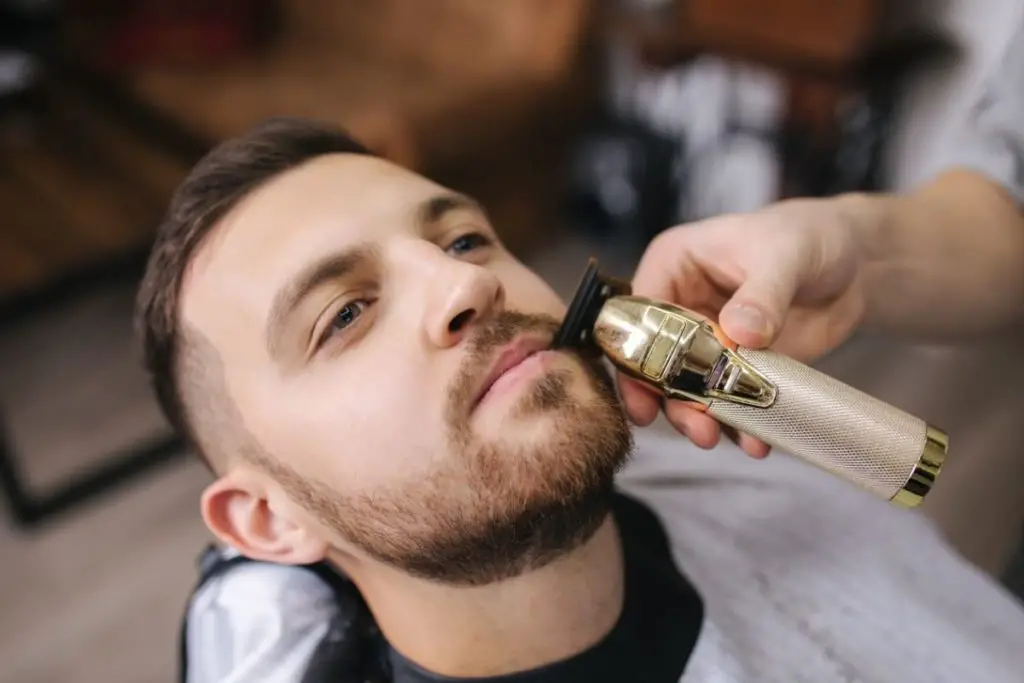
There was a time when things were simple, days before multiple blades and aerosols. Unfortunately, one can say that the big corporations couldn’t help but get carried away with over-the-top marketing; now, even shaving is about having the best and latest thing.
Fortunately, traditional wet shaving is returning, with more men finally learning the most effective ways of caring for their beards. While this method has been around for years, it is still new to certain people, so this article will help break down all you need to know about a traditional wet shave.
What’s wet shaving?
Before the electric razor was invented, you only had one way to shave. With the growing popularity of the electric razor, wet shaving was used to refer to the traditional way of shaving using water and soap.
The term wet shaving eventually fell out of fashion, only to be repurposed by the classic shaving community. In this instance, people used it to describe shaving with a cream/soap and a razor vs. using an electric razor or an aerosolized shave cream.
The popularity of aerosol shave cans resulted in the use of water declining in a typical shave since you no longer required water to create a lather.
What is the difference between wet and dry shave?
The epitome of shaving at a barber is a hot towel shave, aka wet shaving. A straight razor, a hot towel, and a face massage make for a wonderful experience. The difference between wet and dry shave is that you can get a better shave while saving money. With wet shaving, you can get a closer shave at less waste and cost. These two reasons are why millions and more daily are making the switch.
Wet shaving requires higher quality products—improvements can be seen by simply switching to a luxury soap and brush. Including the safety razor or straight razor means you only pay a couple of cents per blade while achieving a much better shave, shaving against the grain.
What happens when you shave with just water?
When you shave with just water, you avoid using the ingredients found in aerosolized shave creams. Ingredients such as propylene glycol –typically found in antifreeze—triethanolamine, mineral oil, and alcohol aren’t the best ingredients to place on your skin. A wet shave, particularly with a soap made from a few natural ingredients, bodes well for the skin.
A lather aims to help the safety razor glide across your face. This helps to protect against razor burn.
With a wet shave, you can expect a rich, slick, cushioning, and dense lather that won’t dry your skin.
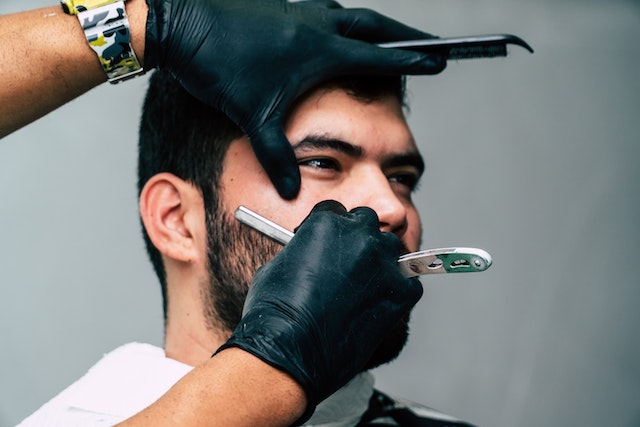
How to use a Wet Shave Kit: what’s in it?
Razor
While all the shave marketing in the world will tell you the more blades, the merrier, it isn’t necessary. A single blade—so long as it’s sharp—can give you a close shave without irritating your skin. A straight razor works best for a wet shave—it also makes for great aesthetics when you whip it out of its leather strop.
A safety razor provides more flexibility, enabling you to experiment with various blades to find the best match for your skin. If you want something a bit less traditional, then a safety razor works almost as well. The key to using a safety razor is to alternate the sides of the razor when shaving. You should also rinse it in between passes.
Regardless of your choice –safety razor or straight razor—a wet shave with one blade helps to give a closer shave while relieving irritation.
Safety razors, also known as double-edged razors, last well, and one can use them several times. One does not need to dispose of it off after every use, unlike disposable razors.
Comparing Safety Razors and Disposable Razors
From the name, disposable razors are meant to be used and disposed of once it becomes blunt. For a safety razor, however, one can change the blade after it becomes blunt.
This link points to a detailed article that compares disposable vs. safety razors.
Brush
Your brush creates the lather, and there are many options to select from – you can get synthetic hair, boar, horse, badger, and many more. A general rule is to choose a brush that works well with cream or soap.
If you are a cream guy, you must select a soft brush, as that creates the best lather. It also doesn’t hurt that it feels great on the skin. For soap guys, you want a brush with a more robust backbone and firmer bristles. Firmer bristles can help pull more off a soap. The great thing about brushes is that there are numerous options in the middle, so you can always select a brush that allows you to choose either cream or soap.
Selecting your brush is important as it will last for years –with proper care. Ensure that you rinse your brush out well after use and flick it to eliminate excess water.
Cream or Soap
The last thing you want to skimp on when creating the ultimate wet shave kit is quality. This means you need a high-quality cream or soap that can create a lather using your shaving brush. Choosing between cream or soap is all about personal preference.
Creams are much easier to whip up, and the lather they create is rich. Lathering directly on a soap, in some ways, feels like cutting out one step; however, creating a sufficient lather from soap requires a bit more work.
Irrespective of your choice, the important thing to note is that you get a consistent lather akin to whipped cream. You might need to experiment with how much water your brush needs to achieve this consistency. Always start with a bit of water and then add as required.
Water
The star of the show in a wet shave kit is water. It helps to lubricate our pores, soften your beard and prepare your face for the shave. The ideal way to shave is at the sink after having a nice hot shower. This is because the hot shower helps to warm and clean your beard. If you are the type to shave before showering, that’s fine too; you can use a warm wet towel on your face to achieve the same conditions. You can also use water to prepare your lather. To do this, you must sufficiently soak your brush before using it to whip a rich lather on your cream or soap puck.
Applying Aftershave is Optional
Traditionally, a wet shave is ended with a splash of cold water before the skin is soothed with a nice aftershave. A great aftershave isn’t about you smelling nice—the smell doesn’t linger all day. It is all about moisturizing and soothing your skin. If you have sensitive and soft skin, you will want to choose an alcohol-free option to avoid the burn.
Regarding aftershave, there are various options to select from, and finding the right scent for you is a great adventure. Remember, the key is to focus less on how great they smell but on how well it helps keep your skin moisturized after a great wet shave.

How to Wet Shave
You should note that wet shaving isn’t something you rush through; you must set out enough time to finish the process thoroughly. I find my time while wet shaving in front of the mirror is well reflective. Yes, pun intended! It is a great time to clear my mind and focus on my face. It feels like a morning reset for the day. Is it quicker to buzz the electric razer across my face in the car racing to work? Sure! However, you won’t get the same feeling as a wet shave.
15 minutes 15 minutes
How To Wet Shave: Step by Step
- Wet and warm up your face.
Thoroughly wet your face either by spraying warm water on it or using a warm wet towel to open up your pores. At this time, place your brush inside warm water.
- Pre-shave.
Apply a few drops of pre-shave oil (coconut oil or sunflower oil). This helps to moisturize and soften your hair.
- Prepare your brush.
Remove your brush from the warm water and ensure it has stopped dripping before moving on to the next step. Gently swirl your warm brush on your cream or soap to create a lather.
- Lather up your face.
After creating a lather, apply the lather onto your face or the areas you intend to shave using a circular but light motion. Continue this process until an opaque, light lather is around the area.
- Begin the wet shave.
Take your razor and shave with the grain. Rinse your razor after every pass
- Final face rinse.
Once your face is completely shaved, rinse off with cold water. The cold water helps to relax your face and close your pores.
- Moisturize your face.
Apply your aftershave to your cheeks and neck area. All the areas you’ve just shaved. Use a good moisturizing aftershave.
- Clean up
Rinse your brush, ensuring it is completely dry before storing it. I have a convenient storage rack that allows my brush and razor to hang and dry after I finish.
A wet shave can take a bit more time, but I find the ritual is worth the extra effort. Even if you wet shave once or twice a week, make some time in your morning routine and give it a try!
Conclusion
There you have it: the process of having a wet shave. If you attempt the recommended steps in this article, you will be delighted with how your beards will turn out.
Indeed, a wet shave is a superior shaving method; think otherwise? Let us know what your favorite method is.
- Best Beards For Fat Guys – From Personal Experience - March 31, 2023
- Best Beards For A Rectangle Face Shape - March 31, 2023
- Best Beard For Diamond Shaped Face – Top Choices - March 31, 2023

